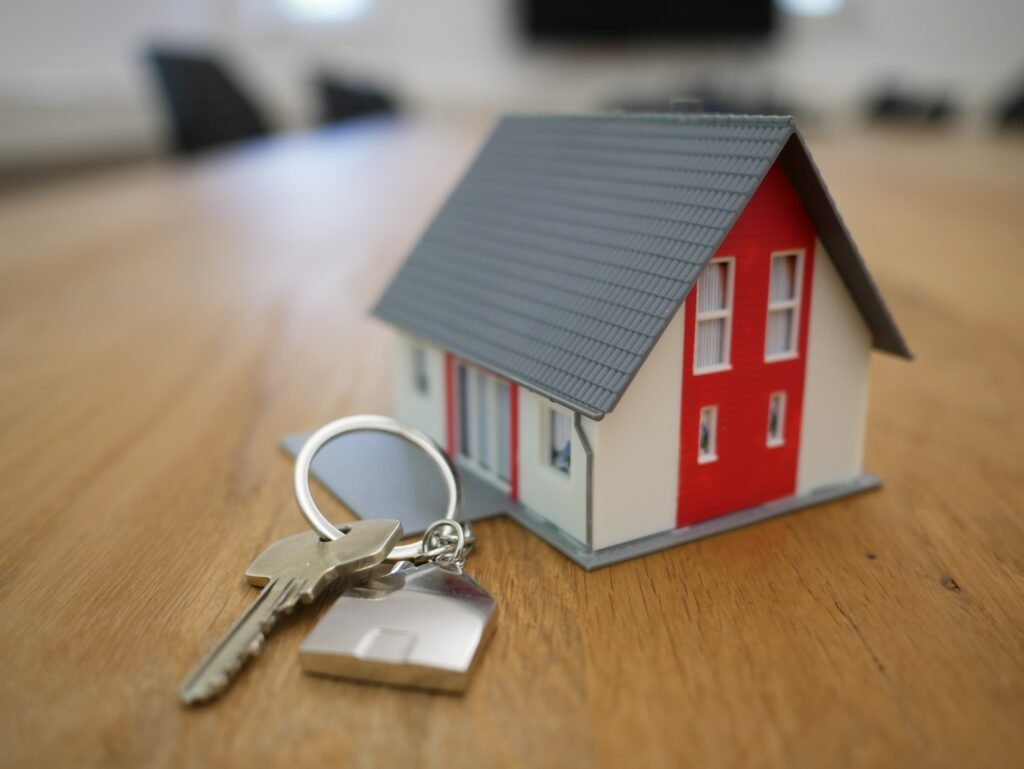A home equity line of credit (HELOC) is a revolving line of credit attached to your primary residence. In essence, this is a low-interest credit card that is attached to your home’s equity. This product can be a great way to easily tap into one of your biggest assets, that is, your house.
Pros of a HELOC
Home equities have several attractive qualities. They are an easy way to have your home’s equity on standby if an emergency comes up, or they can be a great investment opportunity. They also come with relatively low interest rates depending on your credit score, as well as the potential to be interest only. Below are some of the pros of a HELOC.
- Easy access to your home’s equity
- Low interest rate compared to other credit lines
- Can be interest only
- Can have no closing costs
Once you get a HELOC, generally you will have access to draw money for 10 years. Once the 10 years is up, your lender will either renew the line of credit, or you will start making regular principle and interest payments on the end balance. While you have the line open, though, you can use it to fund virtually anything and draw the balance up and down like a credit card. The best part is that you do not need to apply for a new loan every time you need to use it. Typically, you will call and have the bank transfer funds from the line of credit to your account, get a cashiers check, or simply write checks off of the account.
This product also comes with relatively low interest rates and costs compared to other loan products. HELOC’s are tied to the floating prime rate, which has been around 3.25% lately. You will also have a margin percentage added to that rate based on your lender and credit score. The margin rate is usually between 0-2%. But even on the higher end, you are probably looking at 5.25% for the rate unless prime moves up. Compared to other revolving lines of credit such as credit cards with a 24% interest rate, HELOC’s are much lower.
Cons of a HELOC
While HELOC’s do have several attractive qualities, there are also a few negatives to consider. The main ones are listed below.
- Floating/adjustable rate
- Can only borrow up to 85% of your home’s value
- Accrue interest daily
HELOC’s are tied to the floating prime rate. Currently, this rate is sitting at 3.25% and is set to go up by .25%. This rate is not fixed, however, and can fluctuate about every six weeks potentially as the Fed meets. This can cause unpredicted payment increases in a volatile rate environment.
Another con is that you can only borrow 80-85% of your home’s total value, so this means if you have a mortgage for $100,000, you can only borrow up to $80,000- $85,000 total against your home. This total amount includes your mortgage, so if you have a mortgage for $50,000 in this example, the max you can borrow is $30,000-$35,000. As a result, if you just got a house, you will more than likely not qualify, as you haven’t had time to build up significant equity in your home yet.
HELOC’s also accrue interest daily, so while they are similar to a credit card, they are not completely the same. When you make a purchase with a credit card, your purchases are interest-free for 30 days. On the other hand, when you make purchases with your HELOC, you start accruing interest immediately on the drawn-out balance.
SO how is my rate determined?
There are two numbers that will make up your HELOC rate, which are the floating prime rate plus your margin. Depending on what your credit score is, the bank will generally add anywhere from 0-2% onto the floating rate, so the better your credit score, the lower your rate will be. Once a lender processes your application, you will be placed in a pricing bracket based on your credit score. Let’s say your score is 680. In this example, you are in the middle-tier pricing bracket and have a margin of 1%. Your HELOC rate will be 4.25%, so now, whenever the floating prime rate adjusts you will be locked in at prime plus your margin of 1%.
As you can see, HELOC’s can be a great way to tap into your home’s equity. While they are a great product with many great features such as relatively low interest rates, easy access, and lower closing costs, they do have some negatives. However, as long as you are okay with a rate that can fluctuate in a volatile rate environment and accruing interest daily on your drawn-out balance, then a HELOC is most definitely a product to take a look at.


